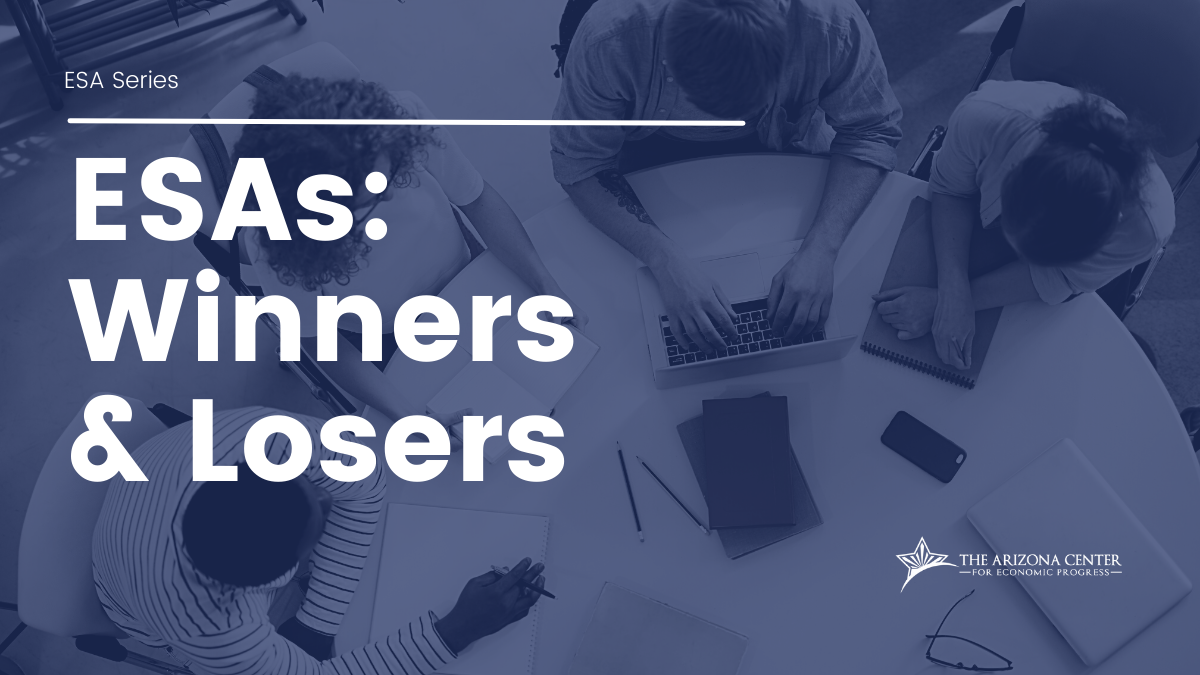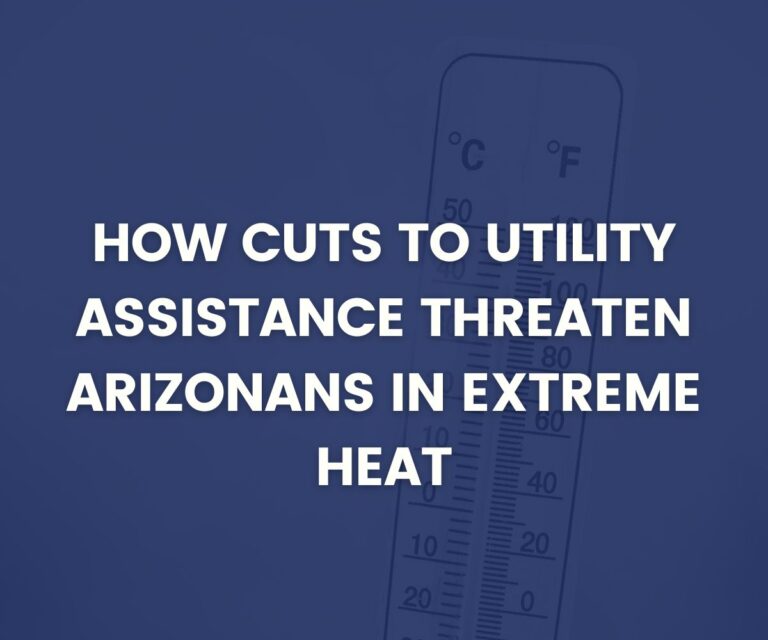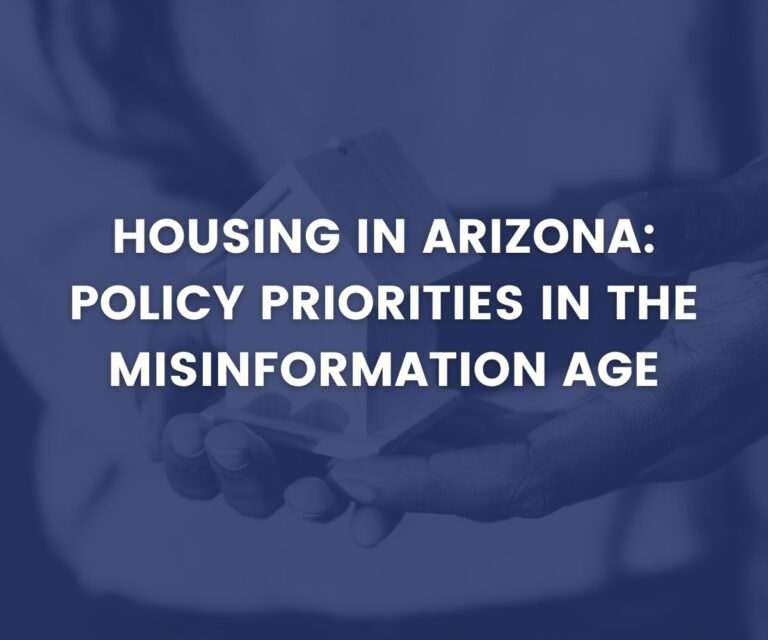
School Vouchers: A Game-Changer for Whom?
Arizona’s Empowerment Scholarship Accounts (ESAs), also known as school vouchers, were originally designed to support students living with disabilities, but over the last decade, Arizona legislators have expanded eligibility categories for ESAs, picking winners and losers while diverting more than 150 million in tax dollars to private education.
Some supporters of school vouchers claim the program is designed to give parents more choice, reduce the role of government in education, and deliver cost-effective education, however, one thing that is certain is that school vouchers are creating unequal opportunities for most students across the state.
Who is Participating in School Vouchers?
ESAs or school vouchers were initially designed for qualifying students living with disabilities, however, over the last decade, the eligibility categories have expanded rapidly. To date, 40 percent of school vouchers go to students beyond the disability category of the program.
There is little evidence that participation in Arizona’s school voucher program is based on the performance of private schools, but rather on family background. Today, 88% of Arizona parents choose public schools as their first choice to educate their children. Although no data is collected by the Arizona Department of Education on family income for students receiving school vouchers, it is likely many vouchers are subsidizing private school attendance for households that could already afford to send their children to private schools. In addition, while public schools are free to all students, private schools are not. Many low-income families who send students to private schools would need to cover the price of uniforms, transportation and school lunch meals, books, fees, and tuition costs that exceed the amount of the school vouchers. One of the most-used arguments for diverting tax dollars to pay for private schools is that it allows families to remove their children from a school that has been designated as a “D” or “F” school – many of these schools are considered high poverty or located in concentrated poverty areas. But only 4% of students currently receiving school vouchers qualified because they were attending D or F schools.
Rather than creating a second school system for students who attend struggling schools, the Arizona legislature should adopt sound policies like an “opportunity weight” to provide additional resources and funding to meet the unique needs of students living and learning in poverty.
Expand Opportunities to Improve Outcomes for Low Income Students: Opportunity Weight
Today, 1 in 4 children in Arizona are growing up in poverty. Poverty can have long-term effects on children, including impacts on neurological development and potentially on one’s health throughout their lifespan. High-quality education can have lifelong benefits for all children, but for children living in poverty, public education can be the essential first step on the path to economic opportunity and Arizona legislators have a significant role to play.
The lack of sufficient resources and underfunding of public education represents an ongoing loss of opportunity for Arizona children, communities, and our future economy. Instead of diverting hundreds of millions to private schools for a select few, Arizona’s legislators can better target resources to high poverty schools through an “opportunity weight,” also known as a funding formula specifically designed to support high poverty schools and children.
Today, the decade-old education formulas have failed to improve education outcomes and meet the unique needs of schools servicing students experiencing concentrated poverty. An expanded formula funding would allow Arizona schools to create across-the-board interventions, hire well-trained, high equality educators and support service staff, increase small group tutoring, and additional technical and behavioral resources. Instead, school vouchers divert taxpayer dollars to private schools for a select few, widening educational inequities.



